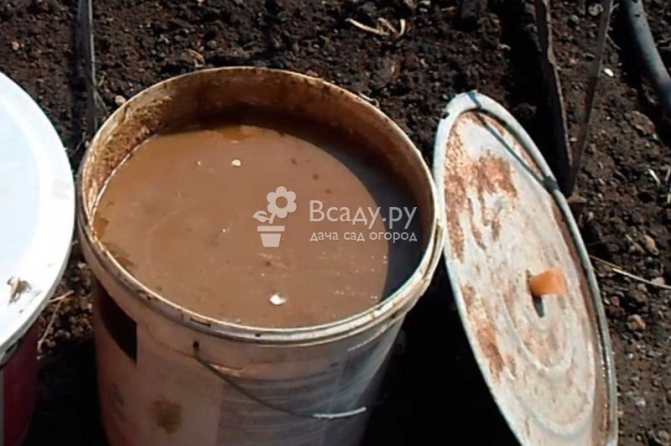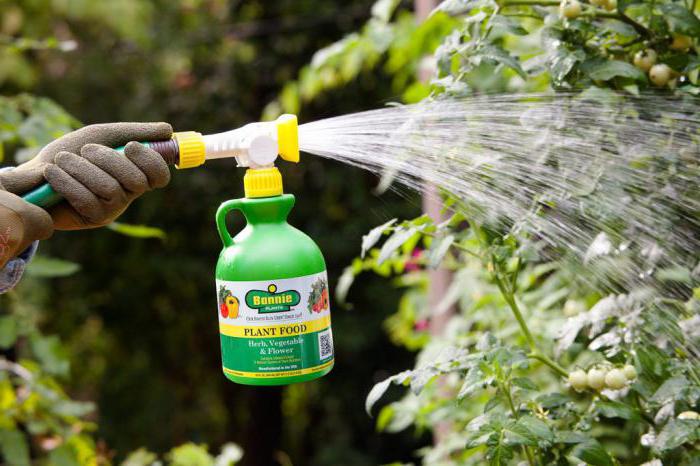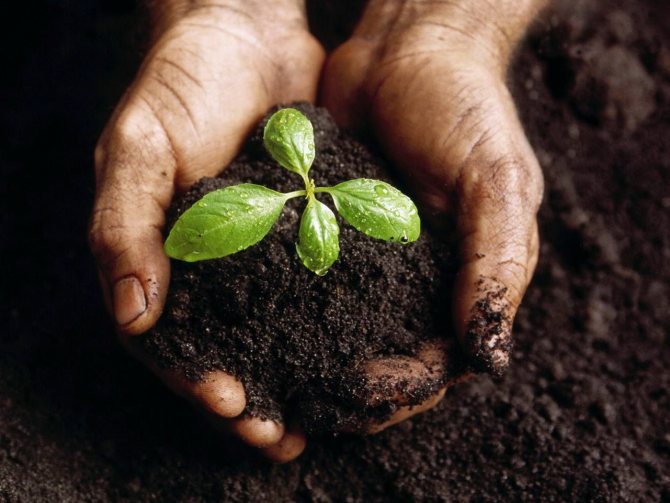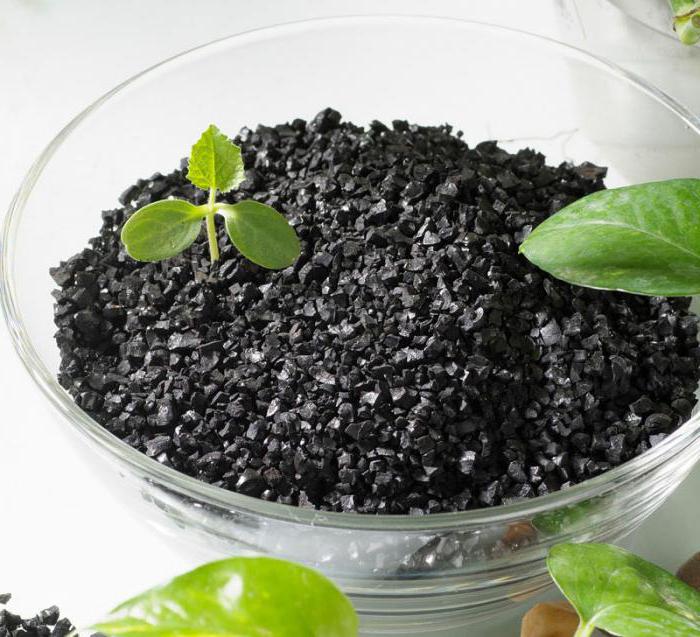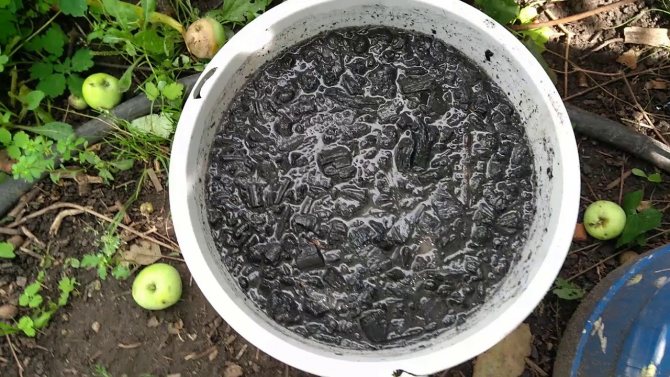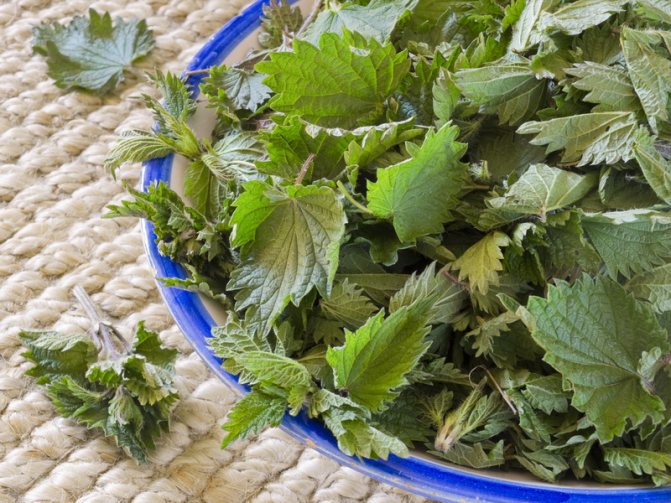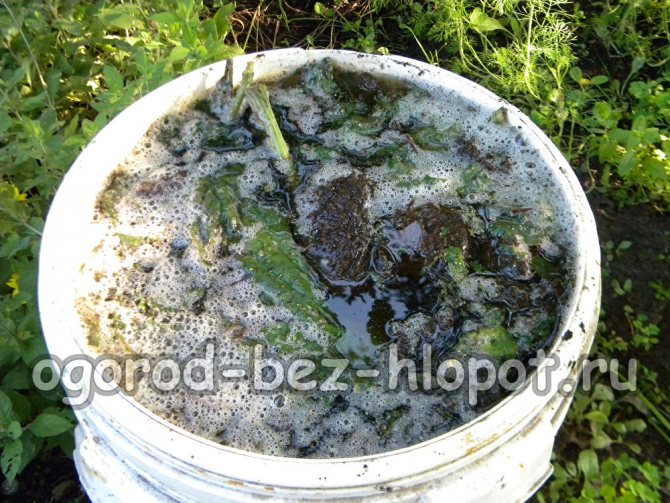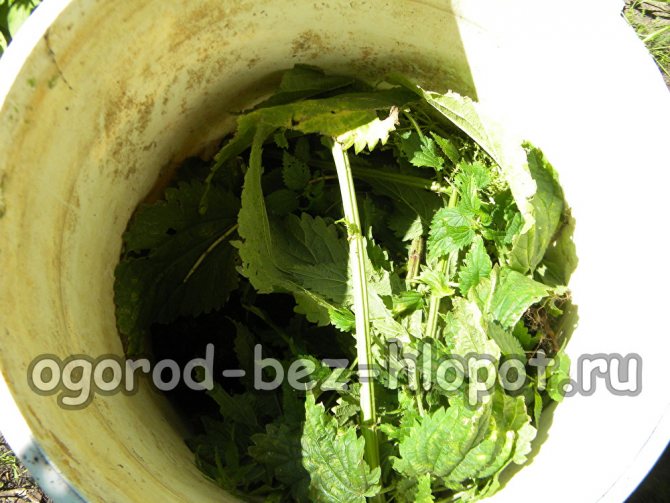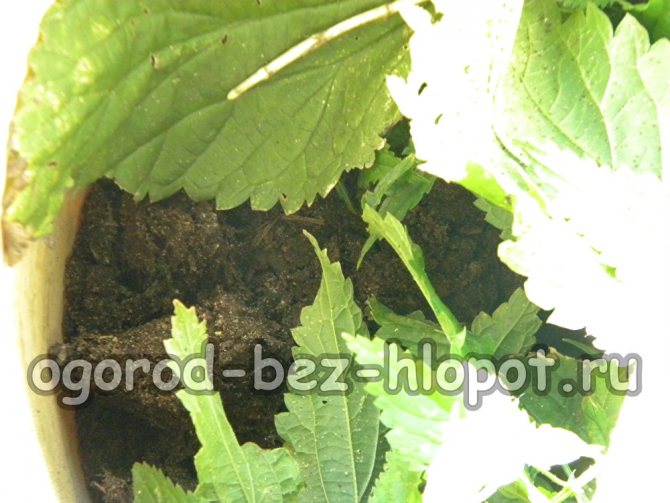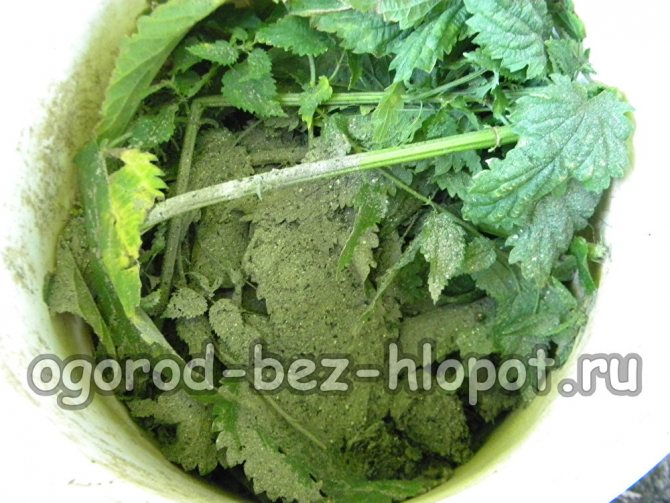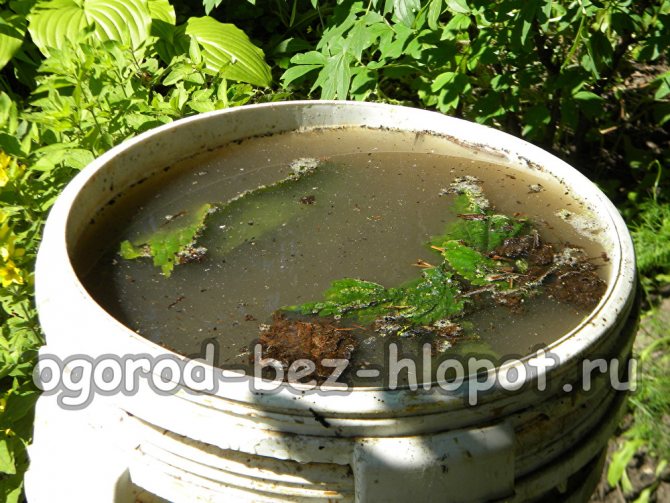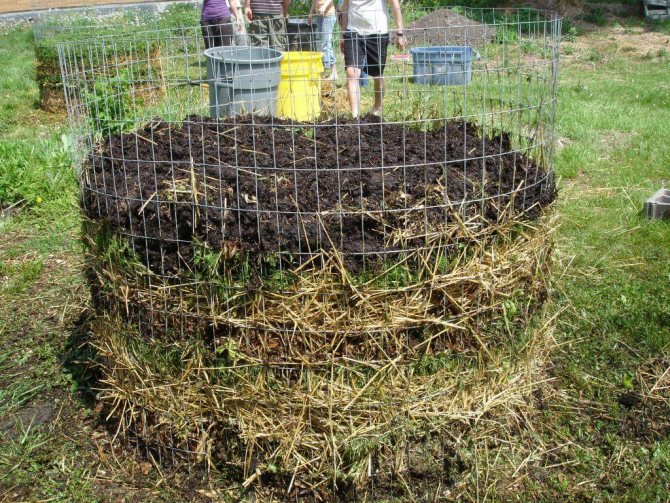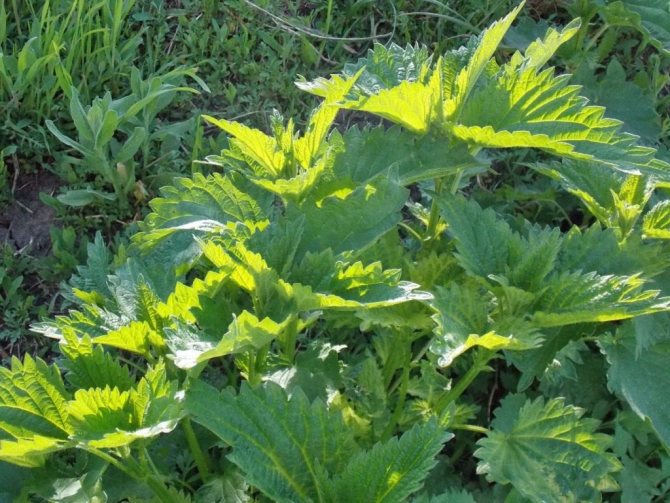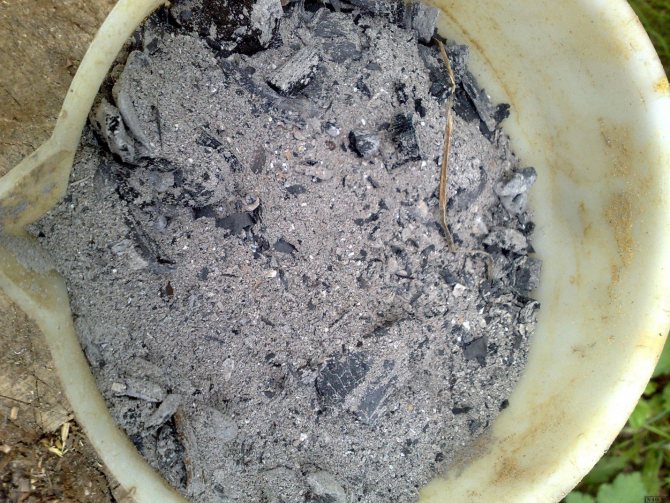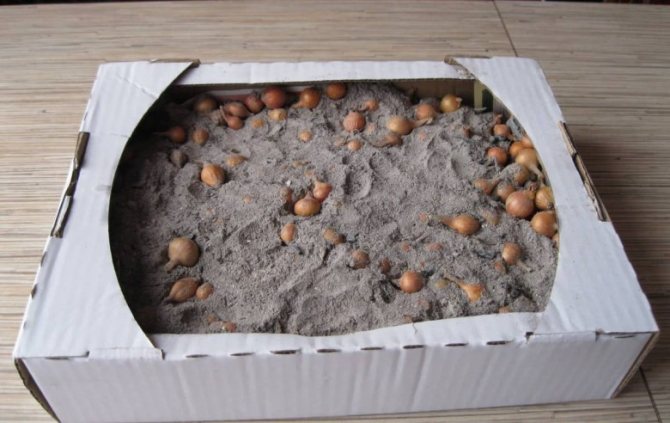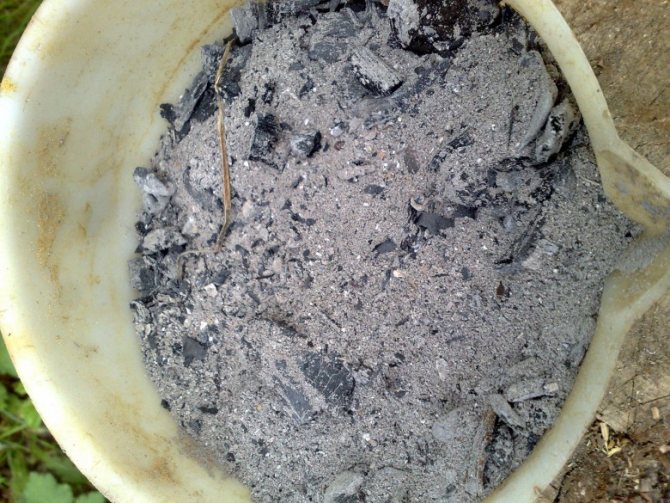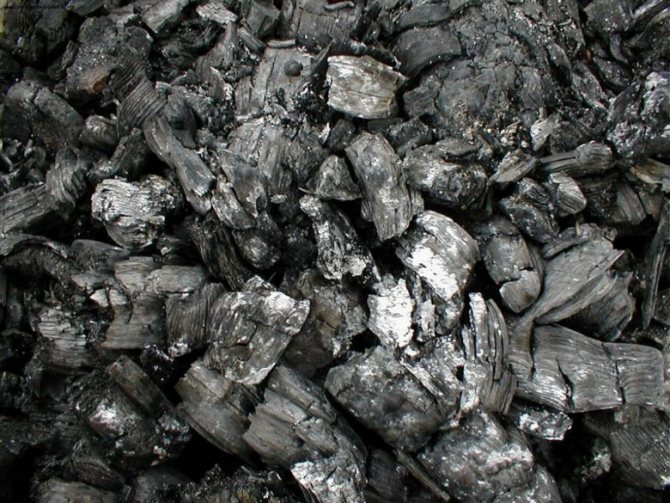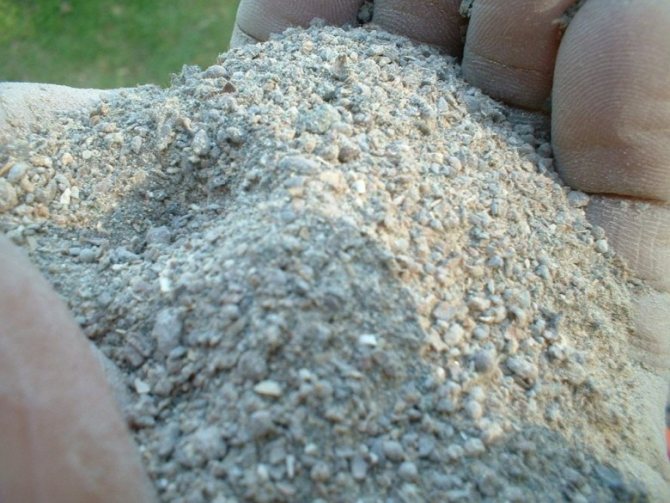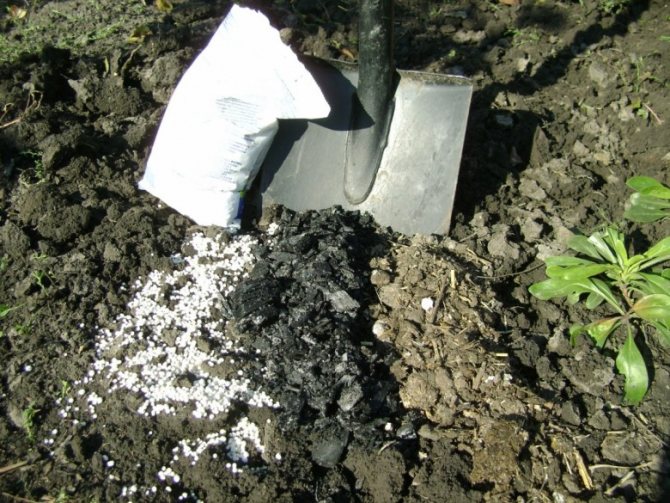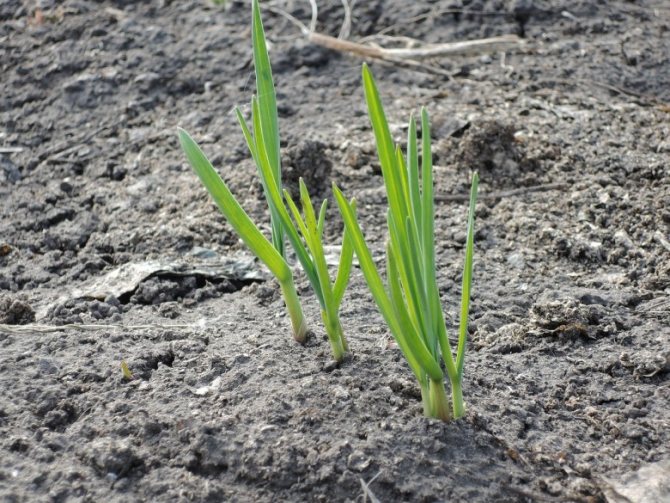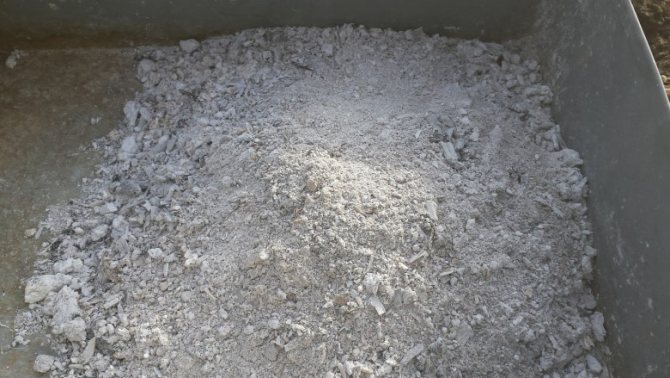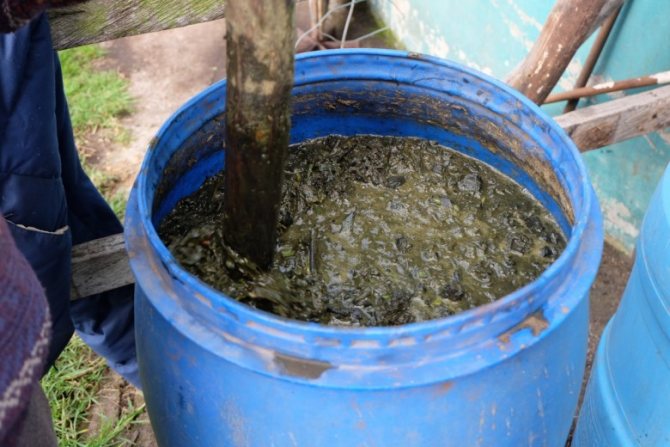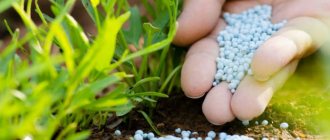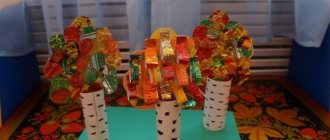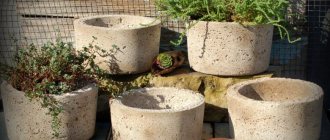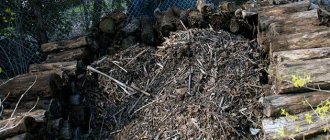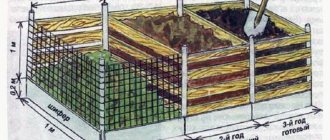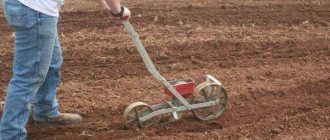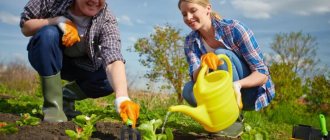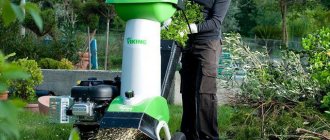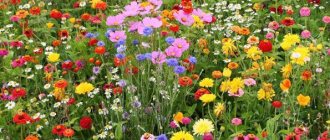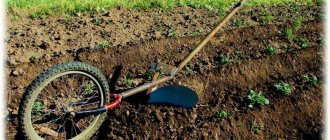Do-it-yourself natural fertilizers are necessary for a summer resident to feed vegetable crops during the growing season. In this case, the gardener gets a bountiful harvest. The products are famous for their excellent qualities and environmental friendliness.
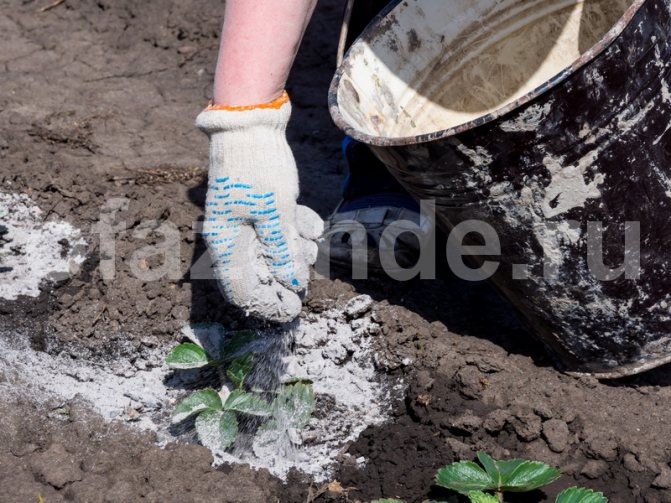
Feeding strawberries. Illustration for this article is used under a standard license.
What it is?
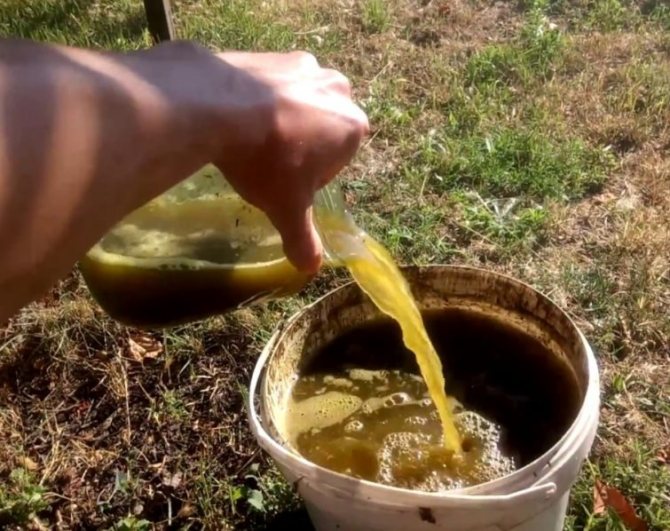

Liquid fertilizers (LU) are aqueous solutions of organic, mineral or organomineral components. They can be:
- Directional action - designed to improve a property (increased yield, fruit size, ripening rate) or the quality of a certain type of crops (garden, vegetable, cereal, indoor plants).
- Complex universal - for different types of plants with the solution of a complex of problems (from survival rate, strengthening the root system to accelerating growth and improving the quality of the crop).
To the benefits liquid fertilizers include:
- moistening the soil and improving its microflora;
- faster absorption compared to granular and powder types, which require moisture to dissolve;
- extension of the timing of fertilization;
- the ability to evenly distribute nutrients;
- minimal washout by groundwater, wind or rain due to rapid absorption into the ground;
- versatility (for root and foliar feeding);
- providing adequate nutrition due to the almost complete assimilation of nutrients;
- increased productivity.
Liquid fertilizers are considered more economical than granular fertilizers in terms of consumption rates per hectare.
For packaging, warehousing and storage of ZhU, containers for fertilizers in the form of plastic bottles of various shapes and volumes are used.
Bark and sawdust
Bark and sawdust are very beneficial for plants. But it is recommended to make them not in pure form, but in a processed form together with other elements of feeding.
The best way to use them is in the form of compost. To create it, you need to grind the bark, or take small chips, which are mixed and infused with other useful substances.
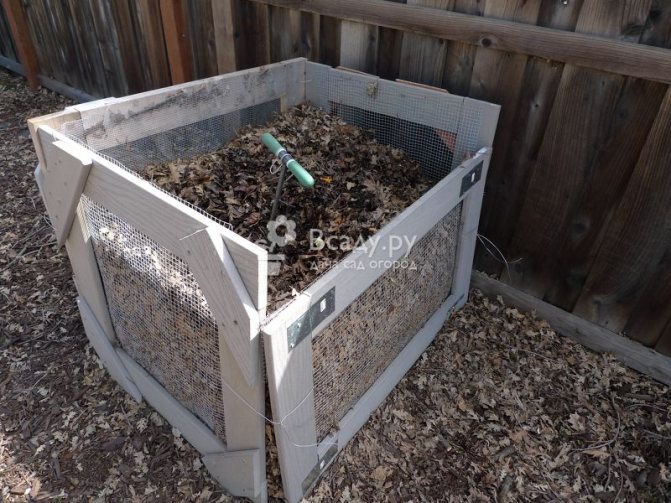

Sawdust compost is an excellent material for feeding and mulching
The calculation is presented for 100 kg of crushed bark or small sawdust:
- 0.7 kg of urea;
- 0.9 kg of ammonium nitrate;
- 2 kg of sodium nitrate;
- 1.5 kg of ammonium sulfate;
- 0.2 kg superphosphate.
The resulting mixture must be mixed well, moistened and left for six months. I prepare such a compost in a 200 liter barrel, pour the mixture with 10 liters of water. After insisting, I pour fertilizer under trees and shrubs as mulch.
Types of liquid fertilizers
Mineral
Liquid mineral fertilizers of inorganic nature are created on the basis of one (simple) or several macroelements (complex).
Most in demand:
- Potassium - potassium is involved in carbohydrate metabolism, improving the quality of the fruit.
- Nitrogen - Nitrogen improves branching, green mass growth and flowering.
- Phosphorous - phosphorus stimulates the formation of the ovary and flowering.
These three chemical elements are the basis of all mineral fertilizers. They are responsible for the nutrition, growth and development of plants. A complete compound fertilizer contains all three components.
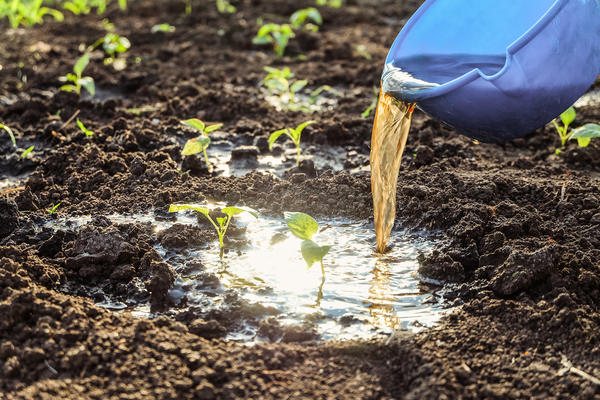

The composition may contain trace elements in small amounts: boron, magnesium, manganese, calcium, molybdenum, etc. When storing granular and powdery mineral compositions in the warehouse, a special anti-caking agent of natural origin, lilamin, is used.
Mineral ZhU are mainly used in suburban areas and vegetable gardens.
Often questions arise about the case in which the habitat of plants is polluted when mineral fertilizers are applied to the soil. Answer: with the wrong calculated dose. With careful preparation, plants receive only benefits, not harm.
One of the best mineral fertilizers for summer cottages is double superphosphate with a content of up to 40-55% of water-soluble phosphorus.
Benefits
If you have doubts about the effectiveness of fertilizers made at home, then several of the listed advantages will completely eliminate doubts. Among the main ones are:
- Saving. This is the very first plus, since additional investments are not required to create a solution, all that is required is usually eaten in a summer cottage or garden.
- Excellent fertilization quality. This point is very relevant, since the raw materials for the solution are always used fresh, and there is an opportunity to verify the quality of the product.
- Environmentally friendly composition of the product. No chemicals are added to the fertilizer, since the whole process is carried out independently.
These three positions are quite enough to take on the independent production of fertilizers for your garden or vegetable garden.
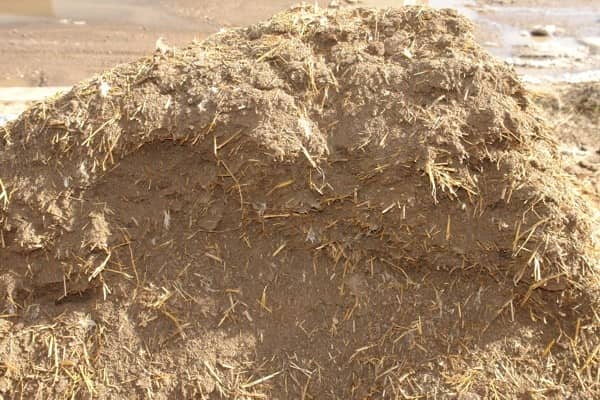

Organic fertilizer
How to make a liquid fertilizer with your own hands
ZhU can be prepared in any household. For mineral fertilizers, shelf life matters.
Most liquid mineral formulations are not suitable for long-term storage, they must be used for a short period of time.
Mineral fertilizer long-term storage (2-3 months) can be prepared from ash. This composition is well suited for the period of flowering and fruit growth. Ash does not contain nitrogen, therefore, such fertilization is ineffective during planting and growth.
For the composition of long-term storage, only furnace ash is suitable - a product of wood combustion.
Cooking technology mineral fertilizer with ash consists of several stages:
- Cool 10 liters of boiled water;
- 5 glasses of ash are mixed with water for 10-15 minutes;
- The container is covered with a lid and left for 24 hours;
- The resulting solution is passed through a filter (3-5 layers of cotton cloth or gauze);
- For root feeding, the solution is diluted with water in a ratio of 1: 5, for foliar feeding - 1:10.
To use the fertilizer on highly acidic soils, peat ash containing lime and phosphorus can be added to it.
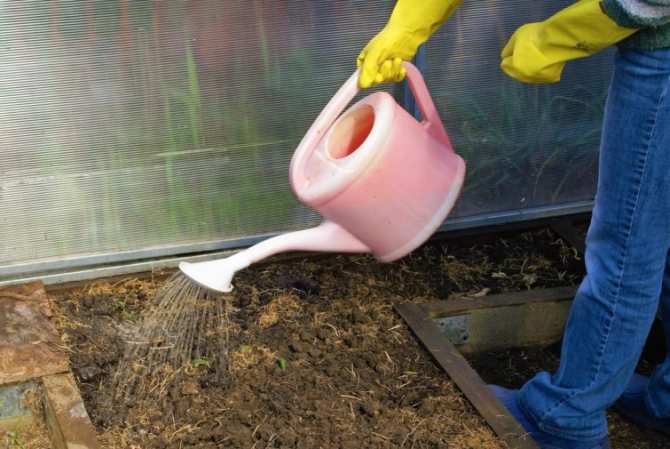

With a lack of calcium, prepare mineral fertilizer with crushed eggshell:
- Crushed eggshells are poured onto the bottom of a 3-liter jar (1/6 of the total volume);
- Fill with water until the neck begins to narrow (4/5 of the volume);
- Add a few drops of EM concentrate (effective microorganisms);
- The neck is closed with a lid with a gas outlet pipe;
- Fertilizer is considered ready if fermentation and gas release have stopped (1-3 weeks);
- The liquid is passed through a filter and allowed to stand in the light in an open container;
- Store in a closed container away from living quarters (unpleasant odor + residual fermentation);
- For use, it is diluted with water in a ratio of 1:10 - 1: 50.
During fermentation, hydrogen sulfide is formed, so the jar needs to be taken out to a shed or garden.
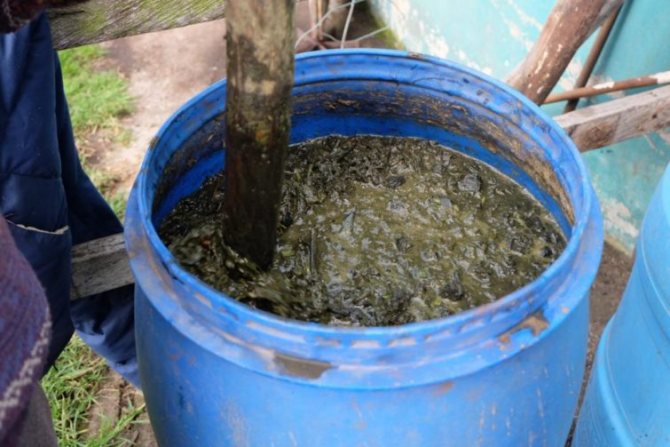

You can also make your own organic liquid fertilizer.
Formulations for immediate use are prepared based on manure or bird (rabbit) droppings:
- droppings or manure are poured into the container (1/4 - 1/6 of the total);
- fill in with water 4/5 of the volume;
- leave for fermentation for 3-6 days (depending on the air temperature);
- the settled liquid is drained;
- diluted 1:20.
Manure
Manure is a mixture of pet droppings and litter that serves to fertilize the soil. It can be fresh (pet excrement), semi-rotted (ordinary manure with the presence of straw) and simply rotted (humus, stagnant manure). Fresh manure is usually fertilized in the fall, after which the land is thoroughly plowed.
And rotted is usually used in the spring, since the decomposition process occurs best in it. It is necessary to select manure for each bed strictly individually, for example, fresh manure cannot be used in those soils where newly planted plants grow.
For heavy soils, goat or horse dung is best, and cow faeces are recommended for light soils.
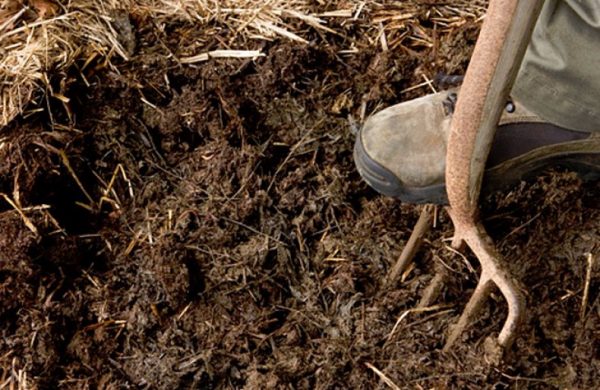

Soil application
Industrial liquid fertilizers can be specialized (for a specific plant species) and universal (for any plant species).
The manufacturer indicates the application rates in the fertilizer instructions, for each crop they are individual.
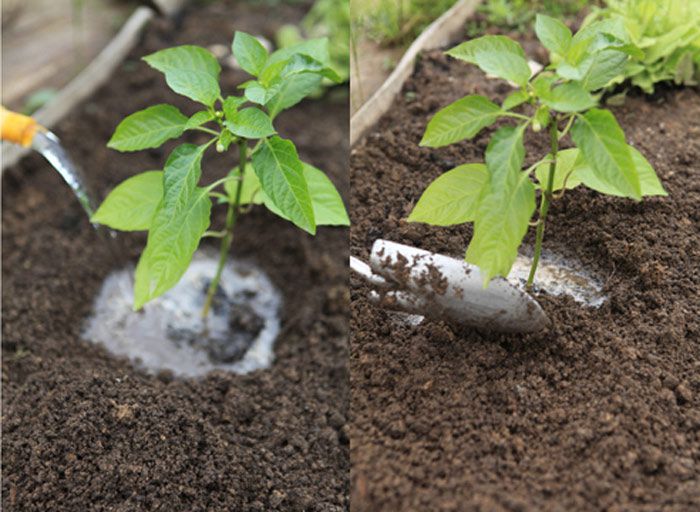

In order for the introduction of ZhU into the soil to be effective, it is necessary to follow three simple rules:
- observe the dosage;
- evenly distribute fertilizer over the surface or apply to the soil (with liquid solutions, this task is not difficult);
- top dressing is best done in the evening or in cloudy weather to avoid burns on the leaves and root system.
Ash
Ash contains essential substances that the soil needs. She is also excellent at fighting pests. It reduces the acidity of the soil, so it should not be used where blueberries grow. And for citrus plants, grapes, potatoes, raspberries, currants, it is ideal, since it does not contain chlorine. In general, ash is a very useful and cheap form of fertilizer, which is why gardeners like to use it so much.
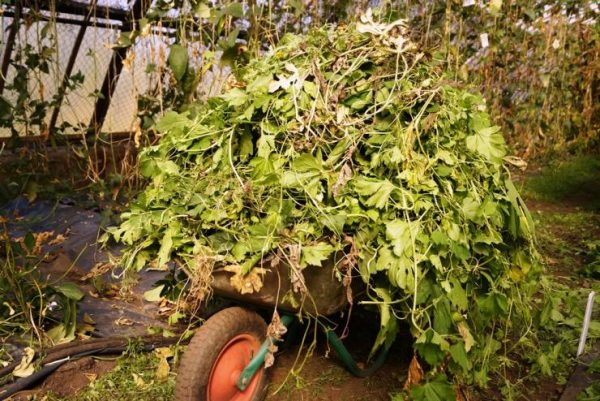

How to store it correctly
For ZhU, the shelf life is of great importance. Each industrial package must indicate:
- shelf life unopened and closed;
- storage conditions under which all useful properties are preserved.
Self-made fertilizers are mainly used immediately or within 2-3 months.
Liquid fertilizers in many countries of the world occupy a leading position in terms of sales. The organization of the feeding process is less laborious than with solid fertilizers.
At the same time, they are absorbed faster, increase productivity, and, most importantly, allow you to grow healthy vegetables, fruits and berries without harmful impurities in your summer cottage.
Nettle dressing
The first recipe we offer is based on nettles. You can use fresh spring or summer nettles, the main thing is to make sure that there are no seeds on the plant. If the moment is missed, prepare the nettle, dry it, remove the seeds, and then follow the same recipe.


To prepare fertilizer from nettle, place it in a plastic container at the very bottom. It should be a good kilogram of greens or a can or two of dry herbs. After that, pour 6-8 liters of rain or settled water into the nettle and leave this mixture in the sun. Every day, stirring the future fertilizer several times, insist the nettle for 6-10 days. Be prepared for the infusion to foam, ferment, increase in volume, and therefore it is better to choose a slightly larger container right away. Also, a specific smell will appear, which is not very pleasant, it will have to be experienced in order to fertilize the plants. In this regard, move the preparation and settling further away from the buildings, closer to the household yard.
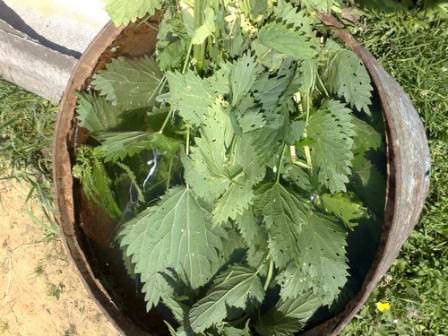

You need to use the ready-made infusion at the end of the fermentation process.For watering with infusion, the following recipe for the preparation of dressings is used - 1 part of the infusion to 9 parts of water, watering at the root. If you decide to spray with fresh organic matter, then the recipe slightly reduces the concentration - 1 part of the infusion to 19 parts of water.


